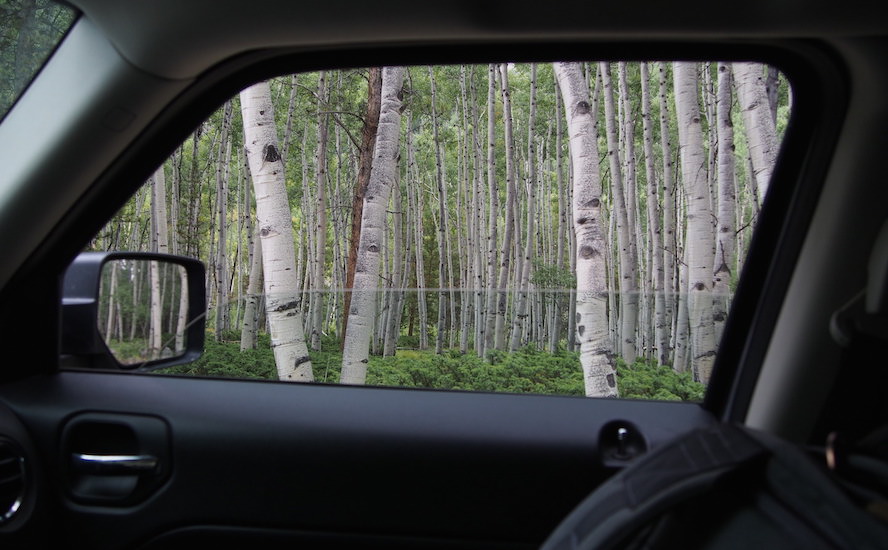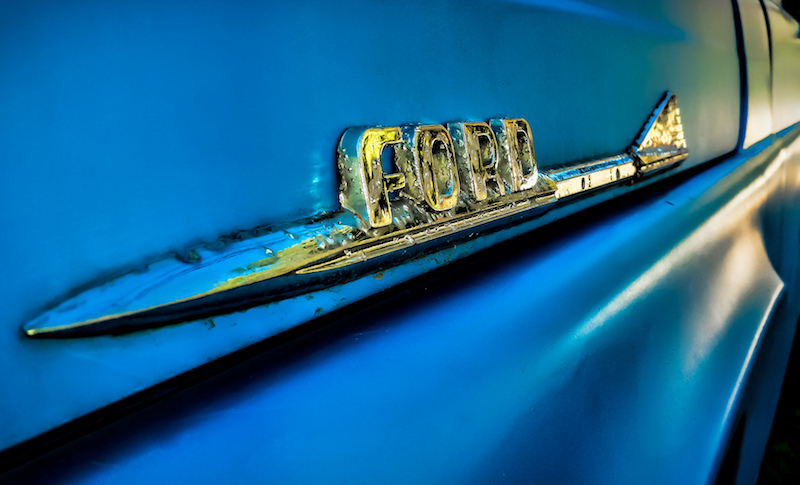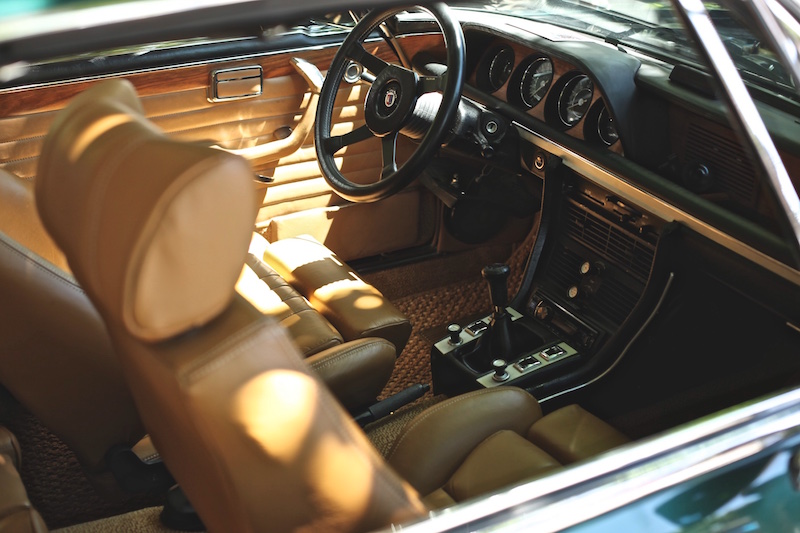Leaving the supermarket, you find some jerk left a dent in your bumper cover. Rather than making an insurance claim, paying the deductible, and possibly higher insurance rates, why not just do the job yourself? Modern automotive paint and body work is an art form, but you can easily do the basics yourself. Grab a new bumper cover (or find one at the salvage yard), and follow along as we show you how to swap it out.
OEM Bumper Covers
The OEM-style bumper cover was designed for durability, aerodynamics, and long-term dependability. They have all the correct spaces for fog lights, vents, grilles, and now even radar for adaptive cruise control and cameras for lane departure warnings. You may be tempted to get an aftermarket-style bumper cover, but an OEM bumper cover provides the best mix of value, durability, flexibility, and aerodynamics. That last quality is key, as a different style of front bumper cover may increase fuel consumption at highway speeds.
Tips for Bumper Cover Replacement
Before we get started, know that this job is much easier with an assistant. These aren't the heavy-duty truck bumpers that are inflexible and durable steel. Instead, bumper covers are large flexible pieces that tend not to cooperate when one person is working on them. Two sets of hands makes this job way easier and quicker to complete. There are a lot of bolts and/or push-pin-type plastic retainers, so keep track of which ones go into what holes. The plastics under the hood can take a beating from heat and years, so they may be brittle and break when you try to remove them. Having extra new retainers on hand provides peace of mind if you break a few of them. When you're done with the bumper cover replacement, take the vehicle to your local body shop for prep and paint work to ensure a like-new finish. Since you have done some of the work for them, you should see a sizable savings.
This is a good project for new DIYers
-
Set the parking brake and pop the hood. Disconnect the negative battery cable.
-
Consult your repair manual, or visually locate bolts or retainers in the engine bay that secure the bumper cover. Depending on your model, these can be removed with a small flat-head screwdriver, a Phillips screwdriver, a socket, or a trim removal tool. Not that you may have to remove a plastic trim cover to gain access to bumper cover bolts.
-
Moving to the front of the fender liner, remove the fasteners there.
-
Then remove the bolts and retainers on the bottom of the bumper cover. If the bolts are stuck due to road grime or corrosion, hit them with WD-40, PB Blaster, or rust penetrant, and allow it to soak five minutes before trying again.
-
Remove the bumper from the vehicle. With all the bolts and retainers removed, it is held on by clip-style molded plastic fasteners that you can release just by pulling on the bumper. Pull the bumper cover straight off, pulling forward away from the vehicle. Take the driver's side and have an assistant pull the passenger side simultaneously.
-
With the bumper cover off the vehicle, the accessories are still attached. Set the cover down and remove all fog lights, turn signals, grilles, covers, sensors, electrical connectors, and wiring.
-
Swap all accessories to the new bumper cover. Note that you will likely need to bring over the tow hook access cover and any small bolts and retainers to the new bumper cover.
-
Set the new cover in front of the vehicle, and attach any wiring, accessories, or lighting before snapping it into place using the molded fasteners.
-
Reattach all fasteners, starting with the bottom bolts and retainers. Note: If your vehicle has a belly pan for smooth air flow, make sure it is secured to the bumper cover so it doesn't grab air flow, as that will quickly damage it.
-
Reattach fasteners in the fender liner, ensuring the liner has no gaps with the new fender. Reattach engine bay fasteners. Check bumper cover alignment with other body panels, and tighten fasteners to adjust as needed to complete the bumper cover replacement.
Place fasteners in plastic bags and label them for easy reassembly. “Engine bay" or “fender liner" will enable you to easily locate where they go.







